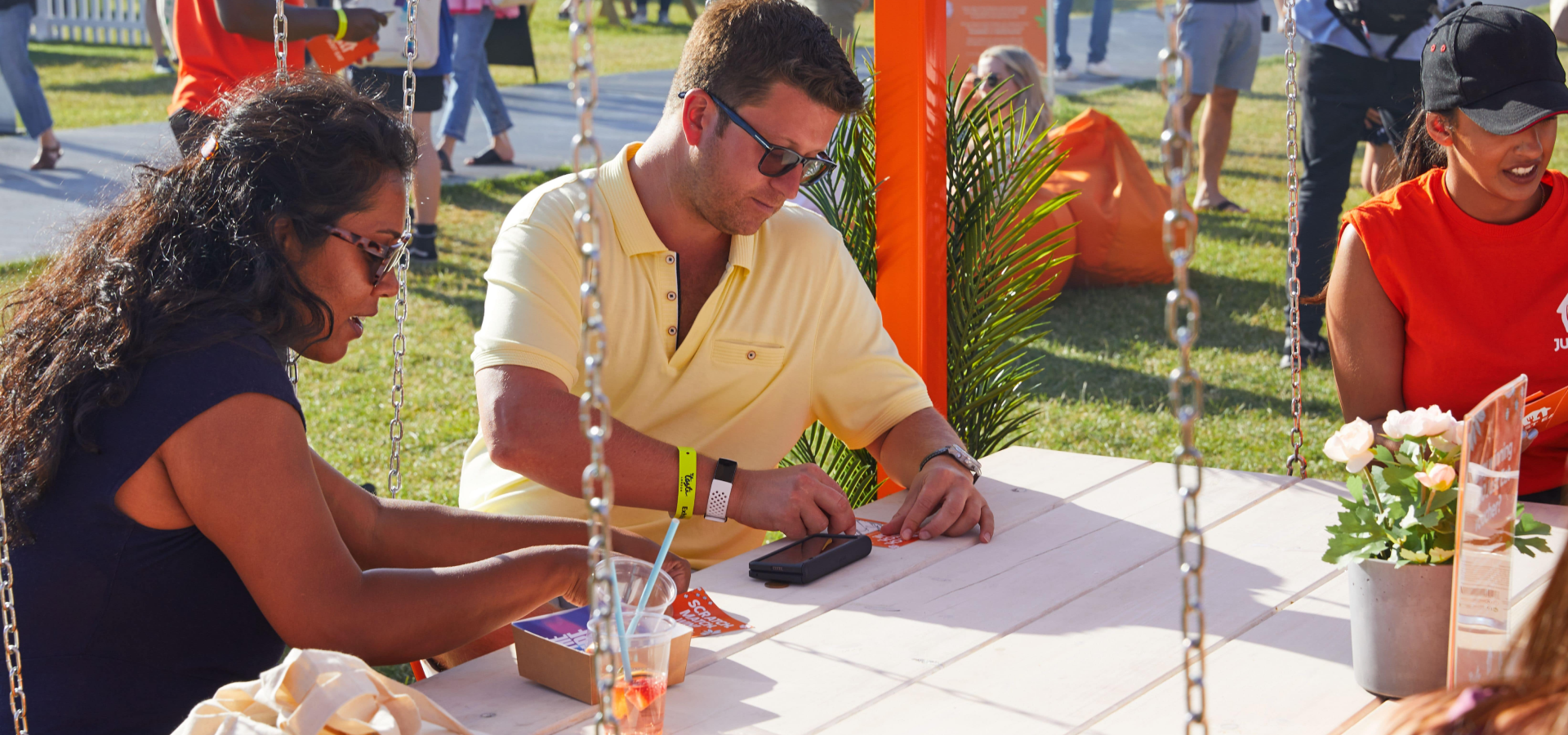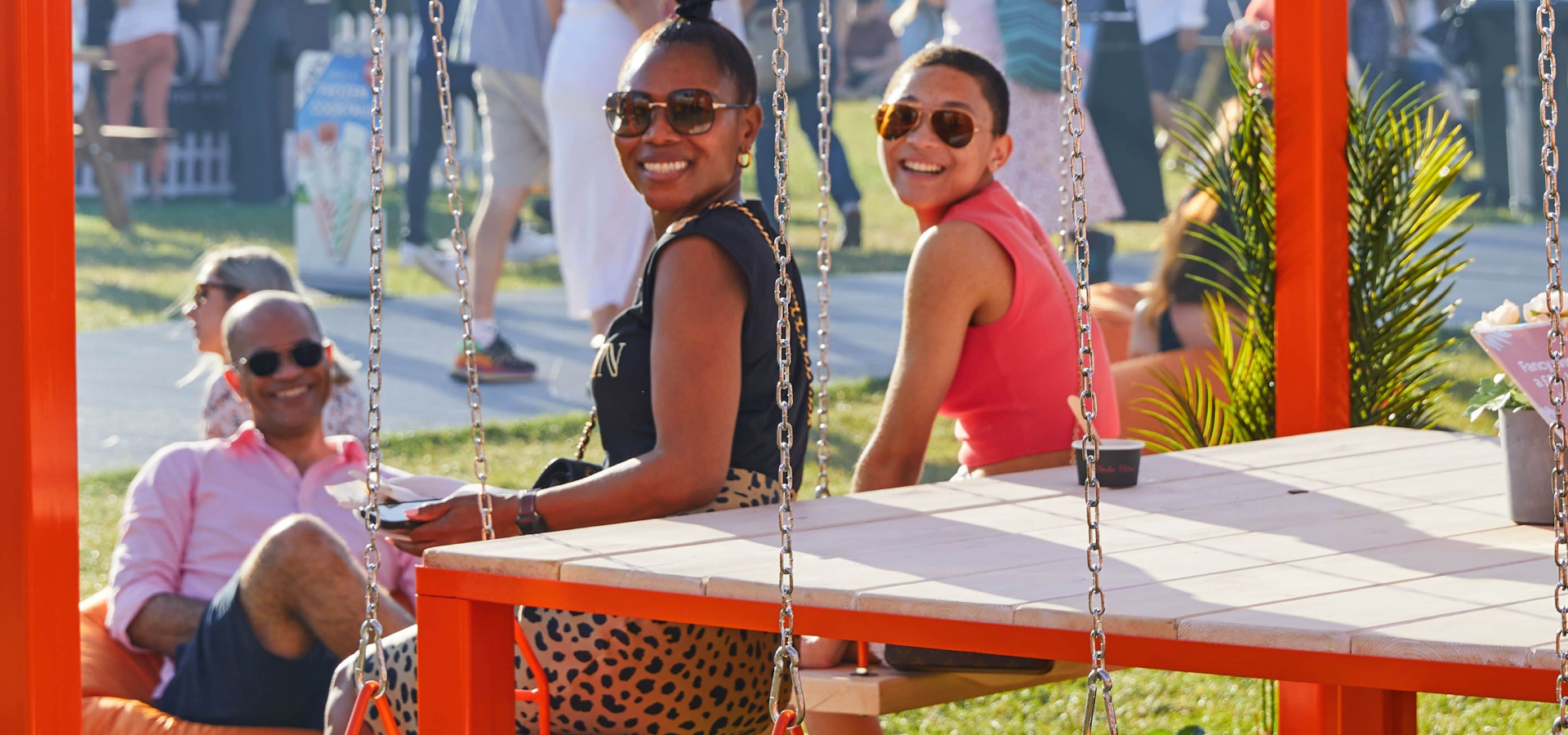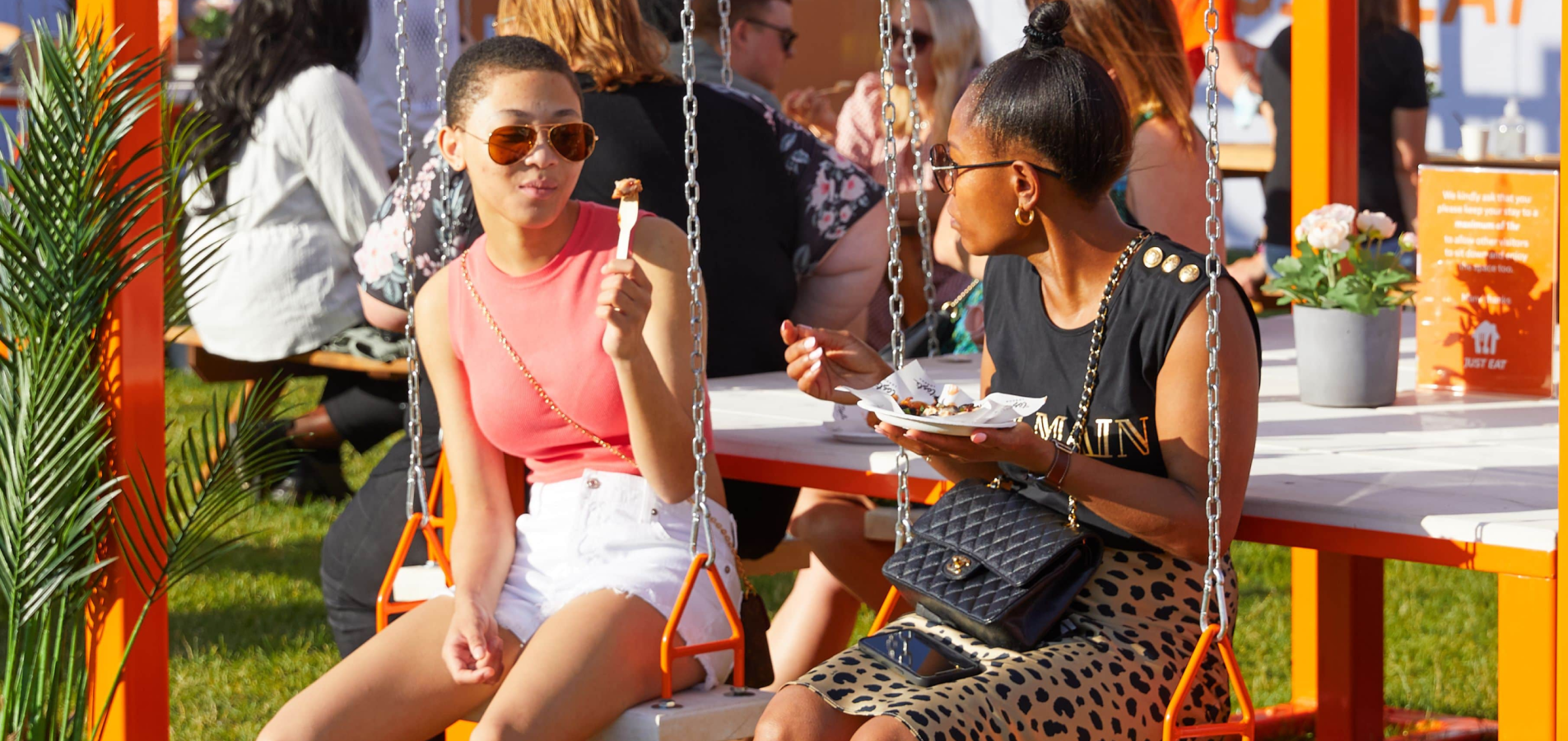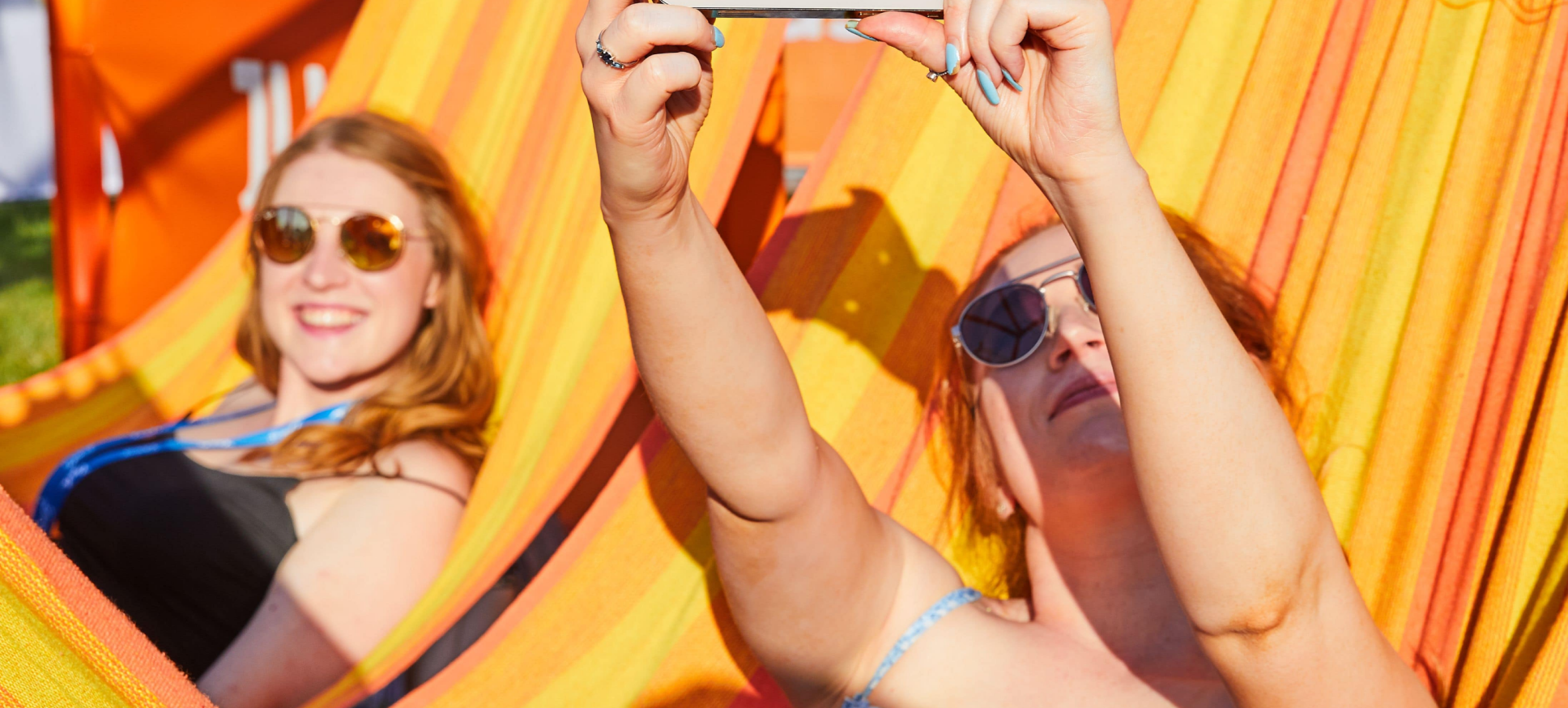5. Pop Ups That Last
The phrasing ‘long-term pop up’ can almost seem oxymoronic. But trust us, you need to know all about it.
With pop ups becoming more and more integral to many brands’ wider marketing strategies, pop ups are no longer contained to a two-day activation. Previous pop up shops that may have been temporary are now being used for longer. Although previously pop ups have been used to solve a variety of brand challenges, such as testing a new location, their popularity has substantially surpassed this one purpose.
Pop up trends can change with different movements or directions taken by brands, whether that’s to meet the shifting needs of their audience or to reflect a society trend, as we’ve seen withsustainability. Trends are ever-changing and are leading the way for the evolution of pop up shops. Pop ups that last longer are now becoming the next new trend. We can’t wait to see what these changes will bring to pop up shops in 2022.
Pop ups can now last for periods of 3 months, to 6 months, to 12 months and beyond. The online make-up retailer Glossier, for instance, opened a pop up store in London’s Floral Street with the intention of it closing after 2-months. Instead, due to overwhelming interest, the store is set to remain open until the end of this year and is said to be the brand’s most successful pop up to date!
We’ve also seen fantastic results within our own work when using this method. iD Agency designed, built and manage a new concept pop up store for the premium CBD brand Beleaf – owned by MPX International.



